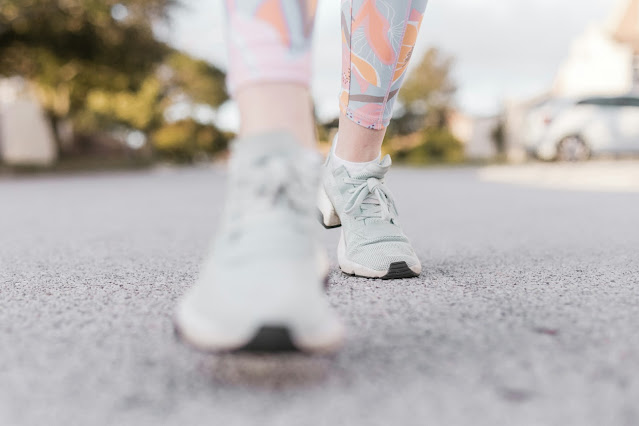Hello everyone!
Gait problems might seem innocuous, but they can lead to all sorts of health problems in the future. Not walking in proper form can cause numerous muscular and skeletal issues.
The purpose of this post is to highlight some common gait issues people experience. Here’s a rundown:
 |
| Image credit |
Taking uneven steps
The first sign of a gait problem is taking uneven steps. If your stride length changes between your left and right side, it could mean you are engaging the muscles in one side of your body more than the other.
For most people, this issue occurs in conjunction with hip problems. However, it can also happen if you have one leg longer than the other, trouble with tight hamstrings, or injuries on one side of the body.
Dragging your feet
Another sign of gait issues is shuffling along or dragging your feet. This motion can happen if you find it hard to lift your feet or you don’t have the strength to pull them off the floor.
Reduced arm swing
Reduced arm swing can be another sign of problems with gait. People naturally move their arms while walking to redistribute weight and keep their balance. However, reductions in movement could suggest problems lower down in the body or stiffness in the shoulders.
Arm swing is important for walking, so if you do have a shoulder injury, it can sometimes affect how you walk, particularly if you have it for a long time. Moving the arms back and forth is something you can talk to a physio about to determine what’s causing the issue.
Stiffness in key joints
You may also experience gait difficulties if you have stiffness in key joints, according to https://www.physio-pedia.com/. Knee, hip, and ankle stiffness interrupts the regular flow of walking, making it look and feel more awkward.
Sites like http://www.muscleandmotion.com/ say that people can get more information about walking and movement via apps. These analyze walking patterns and show people where problems with their gait might arise. The idea is to give individuals more insights and enable them to do exercises that will help prevent injury from imbalance in the future.
Posture changes
Gait problems might also cause posture changes. Leaning forward or backwards while walking generally indicates a problem and could mean that imbalances are putting too much stress on some elements of the body.
Postural changes vary from person to person. You might develop a stoop or find yourself leaning to one side.
Balance loss
Poor gait can also cause balance loss. It is harder to stand upright and maintain one’s form when you are always having to compensate for asymmetries in your biomechanics.
If you find yourself falling over in the same direction consistently, talk to a physio. It could indicate that your gait isn’t right on one side of your body, or that you have imbalance issues.
So, there you have it: some tell-tale signs you have gait problems. It’s always best to deal with these issues before they become serious by seeing a physio.
Thank you for reading, and until next time, take care.
